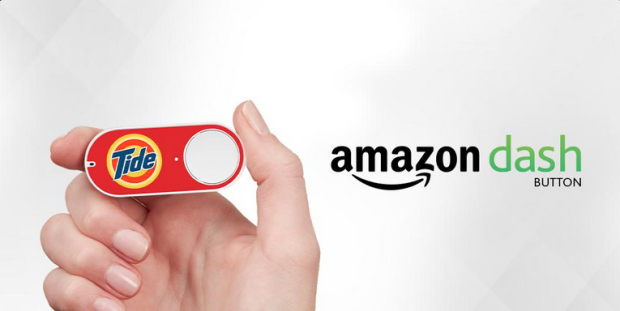I’ve always been a big fan of business biographies, and have chewed through a fair few in my time, from Richard Branson to Warren Buffet to Ben Horowitz (and bizarrely Conrad Black in-between - one I wouldn’t recommend). The one thing that the better biographies had in common was the narrative detailing their journey to the top; and the best ones (or at least the most useful ones to me) were the ones that reflected on the fact that success didn’t just happen like some kind of lottery win, but was due to hard work and a series of events. Yes, generally there was some kind of luck along the way - being the right place right time - however, in all cases the huge success - the billionaire win (in the cases of Branson and Buffet) was down to the small stuff, the every day work and wins that on aggregate lead to the headline success we read of today.
Small gains, big results
A simple articulation of these small everyday wins is a theory called ‘marginal gains’. The idea of marginal gains is that if you make a 1% improvement in everything you do, then on aggregate these small improvements will add up to a remarkable improvement. Marginal gains very much borrows from Toyota’s Kaizen, 'lean manufacturing' philosophy.
Perhaps the most famous example of the application of marginal gain theory in recent times was by British cycling chief Dave Brailsford, who turned the British cycling team into the Gold-winning force that it is today - from zero.
Brailsford started optimising the obvious things like the nutrition of riders, training processes and bike design - the ergonomics of the bike seat and weight of tires. However, Brailsford didn’t stop there, and searched for improvements in all areas of the British cycling team’s process and operations, going as far as identifying the pillow that offered the best sleep, repainting the team bus floors to improve hygiene levels and testing the most effective type of massage oil.
Brailsford believed if they could execute this strategy, then Team Sky would be in a position to win the Tour de France in five years. He was wrong - they won it in three.
Results flowed even further from Brailsford’s focus on marginal gains; in 2012 Sir Bradley Wiggins became the first British cyclist to win the Tour de France. Brailsford also coached the British Olympic cycling team in the same year, with them winning 70% of gold medals available.
To give some context to Brailsford and team’s success, 10 years earlier, when Brailsford started, Britain had won only one Olympic gold in 70 years.
Don’t think of today, think of tomorrow
One of the challenges when implementing marginal gains is that on a day-to-day basis a 1% improvement isn’t noticeable. Making small changes to your behaviours isn’t going to have the big whizz-bang headline winning effect that we all crave. And it’s because of this that putting a good process in place to manage implementing and measuring marginal gains is important.
Practical tips for success
One idea is to ‘game-ify’ the process. At AMCO, I’ve started to introduce the concept of marginal gains to the team, and created a kind of ‘scorecard’ to monitor each gain / improvement implemented. In practice what this scorecard looks like is a shared Google doc which lists all the improvements introduced, listing which team it affects and including a ‘results’ tab - which we’re using to make notes on any noticeable improvements over time.
Giving ownership of each of the gains is also important. I’ve started by introducing marginal gains to one team (sales and marketing) to test the model, and will further role out the process in the new year - once we’ve tweaked / iterated the model. To introduce the concept of marginal gains to the wider team, I’ve also bought copies of Matthew Syed’s ‘Black Box Thinking’ book for the whole company - which seems to have gone down well / got people discussing the idea casually.



